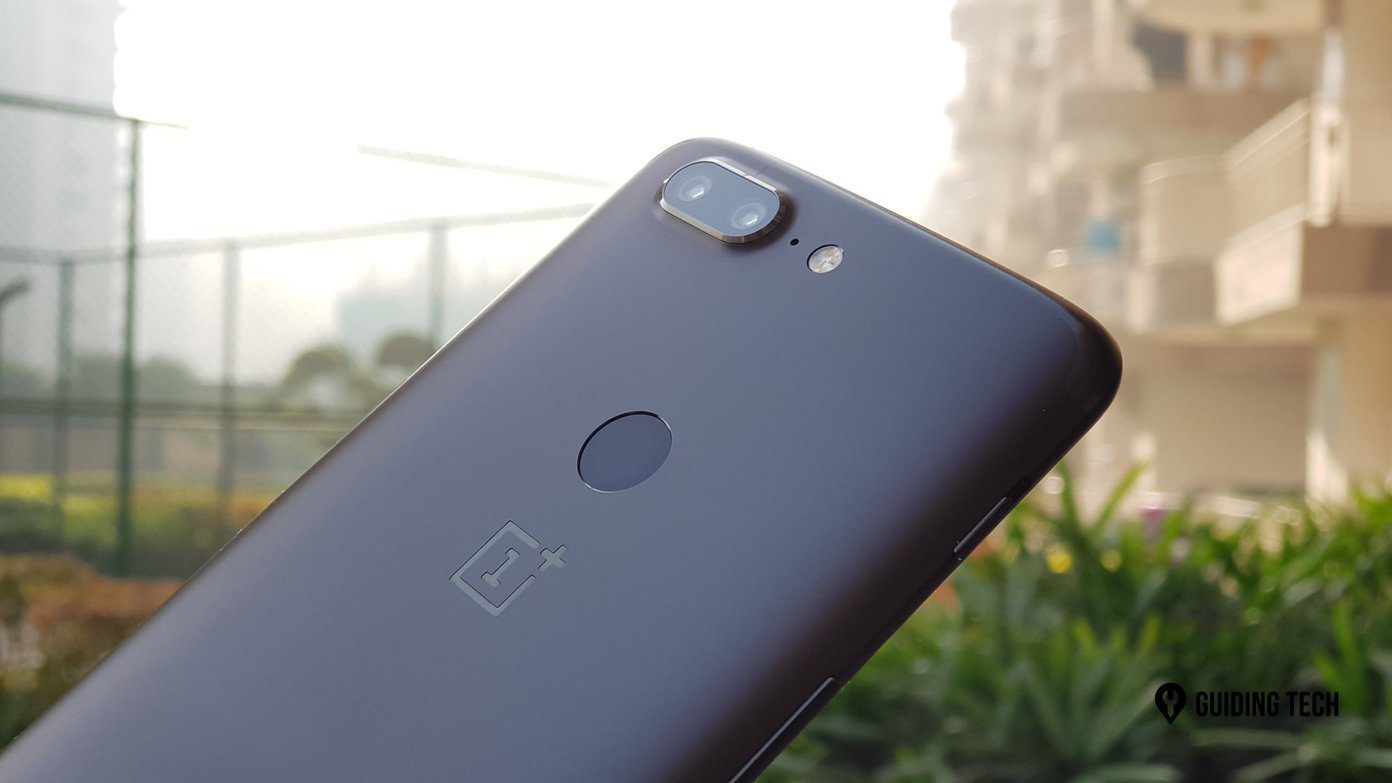Evolving Needs for Data
If you’re shooting super high-res photos on a DSLR or shooting 4K videos which eats up tons of space in no time, you would require a flash memory with not just higher capacity but also much faster write speeds. While premium SD cards to aid photographers for this need exist, low-end SD cards leave a lot to be desired for high-end photo and video creative professionals. Helpful Tip: Here’s how you can clean up junk on your SD card with SD maid But, to really understand the point of this whole article, we need to go back in time and talk a little about Compact Flash. If you were a proud owner of a “digicam” (as they were known as back in the day) you’d probably remember square-shaped memory solutions that were bigger, faster, but also more expensive than SD. Although they didn’t quite win the battle against SD cards in the ensuing years, they didn’t quite disappear entirely. So, when it came to the fight against the SD card domination, the engineers behind the task borrowed (but not entirely copied the concept) from Compact Flash and gave us CFast. The advantage of CFast over other memory storage solutions is that it uses the same Serial ATA (or SATA) bus that your PC uses. The original Compact Flash used a Parallel ATA (or PATA) connection, like the one you’d find on computers from the ’90s.
Performance
The CFast cards can perform data transfers at a speed of about 600 MB/s, the same as a high-end SSD. This makes them ideal for 4K video and other bandwidth heavy applications. Especially when compared to SD cards, which max out at less than half of that speed. Even the interface of the CFast cards is becoming useful even if you don’t want the cards, because of its use of SATA bus, making it compatible with SSDs. What good will that do? Well, one enterprising guy made a C-Box system with this as the basic idea. This lets pro cameramen to record directly to SSDs without worrying about space constraints, and does it in very high write speeds too. The CFast cards are further classified into Type I and Type II. There is only one major physical difference between the two, with the Type I being 3.3mm thin and Type II being 5mm thin. Power requirements differ in minor ways, too. While you’re at it, why don’t you check our article on accessing SD Card files over Wi-Fi
Are they Worth it?
Worried that this technology will go the way of Betamax or HD DVDs? There is a war going on in the high-end data storage world for photo & video between CFast and XQD. The XQD technology uses the even faster PCI Express bus and promises capacity of up to 2TB on a single card. If this confusion wasn’t enough, SD and micro SD cards refuse to go away without a fight. They have speed and capacity revisions every few years and to make it worse, there are even some SATA SSDs that some cameras use. So, it may not be terribly clear at the moment which of these data formats will rule the future, but one thing is for sure. Data transfer rates will keep improving while form factors will strive to get smaller. Costs? Well, we hope they reduce too.
Products Using the CFast 2.0 Cards
At the time of writing, there is only one product which uses the CFast 2.0 card, which is the Arri Amira camera. The quoted frame rates on these have been around 200fps, with a CFast 2.0 adapter for Alexa/XT camera also being lined up. Blackmagic Design and Canon have also since announced cameras that will make use of this fast card.
Costs
For approximately $690, you can buy yourself a spanking new 256GB CFast 2.0 card. For the same capacity, an XQD card is not available, but a 64GB variant will cost about $140. An SSD of 256GB capacity is available and isn’t as expensive as the CFast 2.0 card, setting you back only about $150. But, for a better form factor and about the same performance, it’s a toss-up of what anyone would prefer. Of course, camera makers will also weigh in the options of what makes more sense to have included in their product.
End Game
We wanted more pixels, we got those. For creators to capture video in more pixels, higher and faster capacity cards kept cropping up. SD cards just might lose out on this battle, but it’s too early to tell whether CFast 2.0 has won the war or not. Either way, what would you like to see improve in memory storage formats? Let us know in the comments section below. The above article may contain affiliate links which help support Guiding Tech. However, it does not affect our editorial integrity. The content remains unbiased and authentic.












